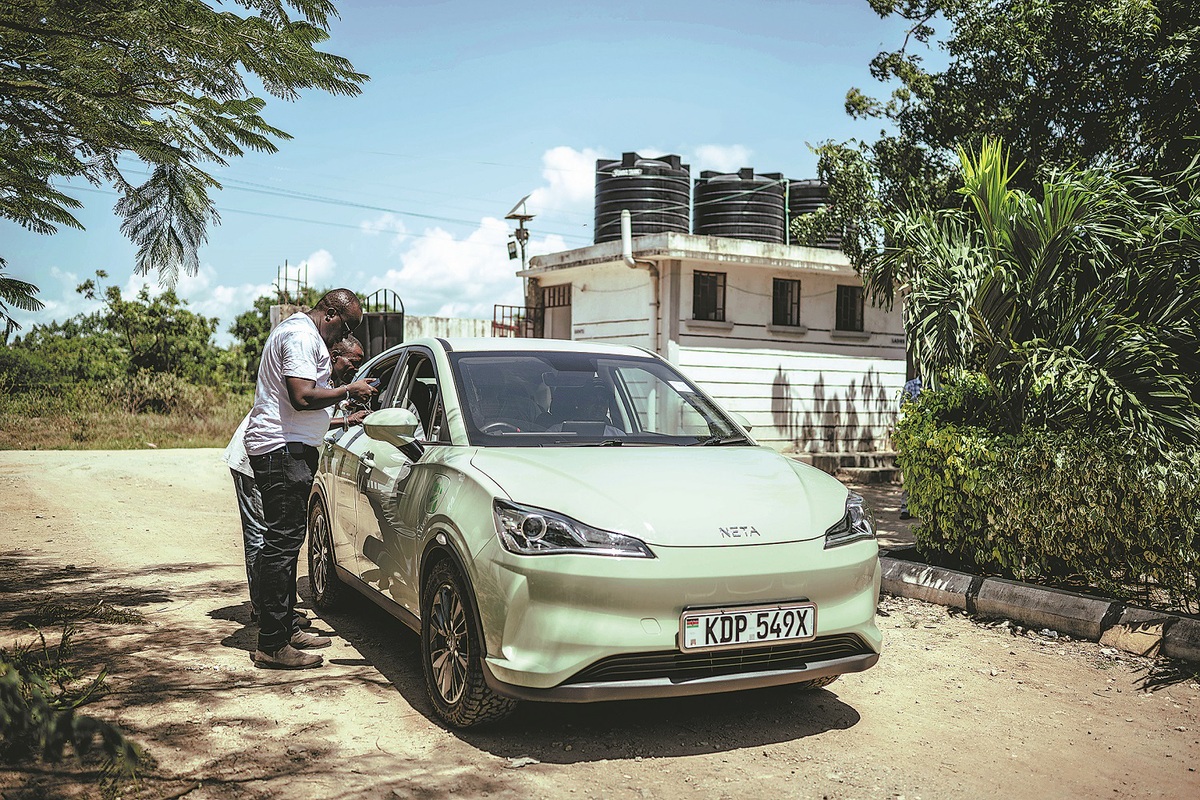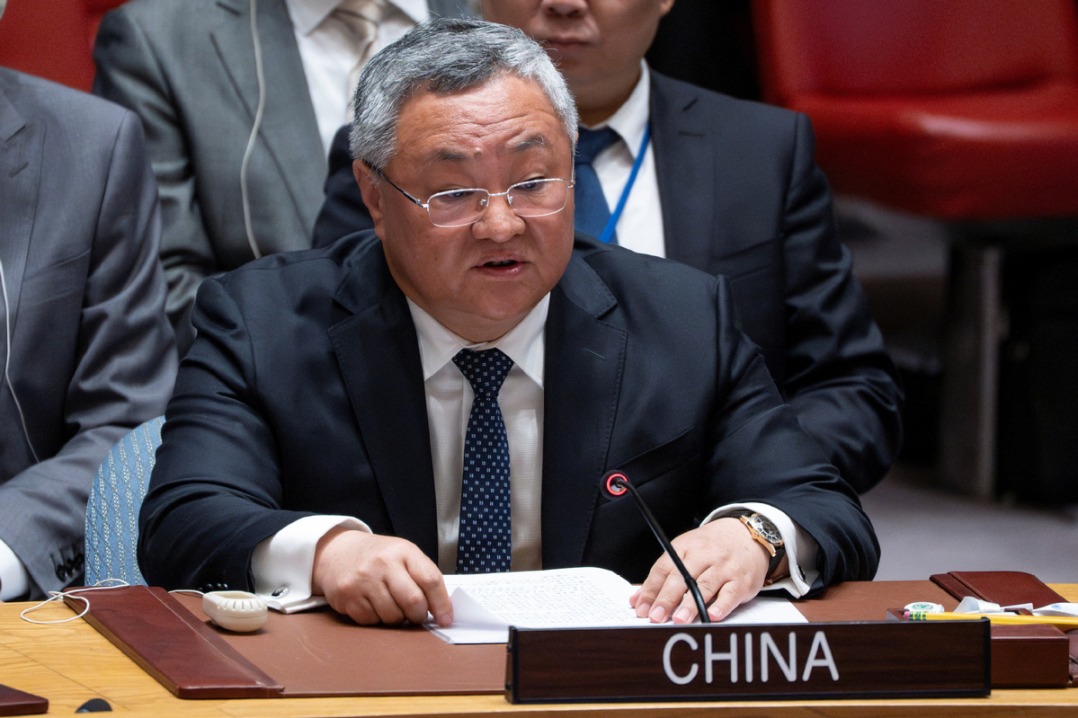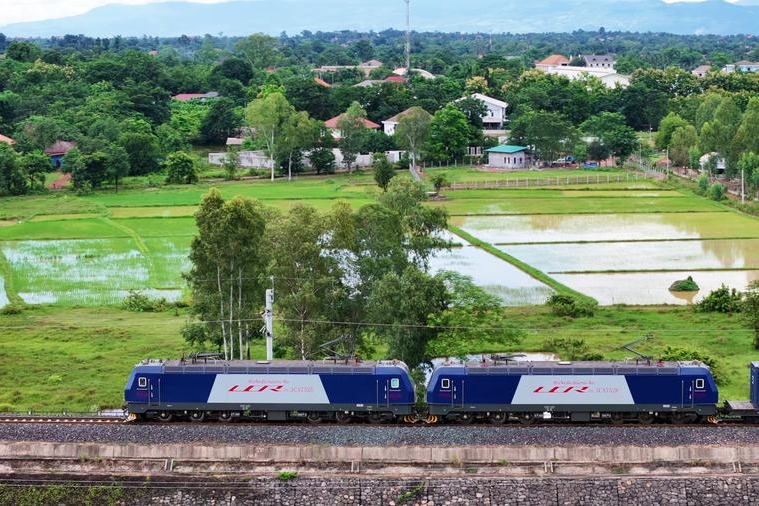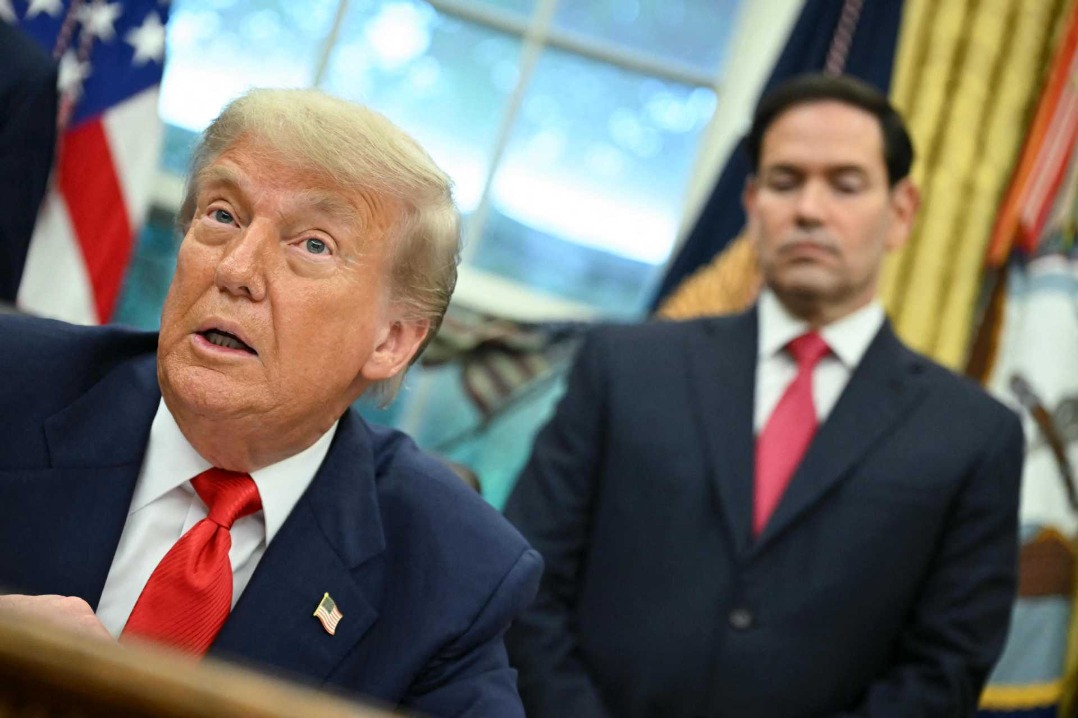Collaboration aids Kenya's EV adoption
Clean and cheaper alternative to help boost green switch across continent


Just off Nairobi's busy Mombasa Road, beside the untamed beauty of Nairobi National Park, a quiet revolution is gaining momentum — one that is steadily transforming urban transport across Africa.
Inside the Roam assembly plant, over 300 workers are busy assembling electric motorcycles, locally known as boda bodas — referring to the motorcycle taxi service — that offer a clean, cheap alternative to traditional fuel-based transport.
At the heart of its success is not only local innovation but also strategic international collaboration, especially with China, where they source between 30-35 percent of the two-wheeler components to produce up to 20 units a day, as it focuses on ramping up production capacity to meet the surging demand.
From lithium-ion battery modules to key electronic subsystems, Habib Lukaya, a manager of Roam, said the sourcing from China has ensured consistency in scaling up production engineered for African roads.
"Beyond the Chinese-manufactured parts, technical experts from China have played a crucial role in enabling the technology transfer necessary for localized assembly that adapts systems to local needs," Lukaya said.
Currently, the firm has attained 36 percent of the domestic production of key parts, including the body panels, wire harness, connectors, battery compartment, mechanical auxiliaries and storage unit.
"We aim to reduce the components we are importing to 30 percent in the next year. This will shorten the supply chain and drastically reduce the price of the two-wheelers," said Lukaya.
The spare parts, mostly sourced from Shenzhen in China's Guangdong province, take between six and eight weeks to reach their yard in Nairobi through the Mombasa-Nairobi Standard Gauge Railway — another major Chinese-funded project in Kenya.
With advanced technology and competitive cost in the EV sector, more Chinese companies have increasingly shifted their focus to Africa in recent years to boost green transport on the continent.
Currently, electric buses produced in China have become a familiar sight on the roads in countries, including Kenya, Rwanda, Ethiopia and South Africa, signaling the deepening influence of Chinese electric mobility in the region.
However, electric cars are still a luxury for most people in sub-Saharan countries such as Kenya. Instead, the electric motorcycles are much more affordable in the country. It is estimated that there are about 3 million riders of motorcycles in Kenya, most of whom use them for taxi services.
Joel Amboka, an electric motorcycle rider in Kenya, said he is currently spending around $0.6 to charge his electric battery at home — compared to the $5 he used to spend daily on petrol for his fuel-powered motorcycle.
"With the electric motorbike, I can now take home up to $20 a day, compared to just $7 before — after paying for fuel, oil and the occasional maintenance," he said.
Jennifer Kinyoe, the managing director of Loxea, the official distributor of Chinese EV maker BYD in Kenya, highlighted the potential and the pressing challenges of EV adoption in Kenya.
She said Kenya's poor infrastructure continues to make long-distance electric travel unrealistic.
"With less than 50 EV charging stations across the country, this situation undermines efforts to green our roads and make EVs available for most Kenyans," Kinyoe said.
To address this challenge, she said the world's leading Chinese EV manufacturer is collaborating with partners such as Kenya Power to roll out home-based charging solutions, using Chinese-designed wall boxes that allow users to conveniently charge their vehicles overnight, just like charging a mobile phone.
She also cited that economic and policy-driven challenges contribute to making EVs beyond the reach of ordinary Kenyans.
"While China continues to show commitment to share technology and support African green mobility, we must ask ourselves what we are doing to meet them halfway," Kinyoe added.

































